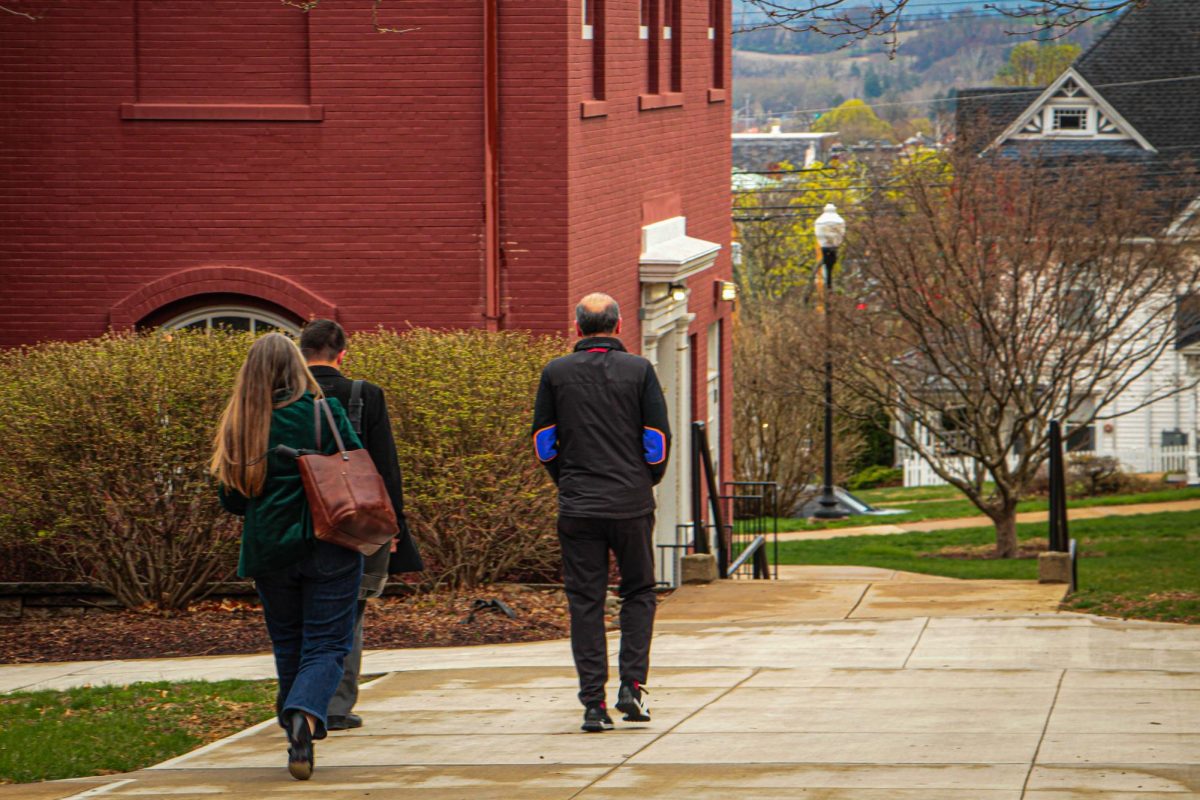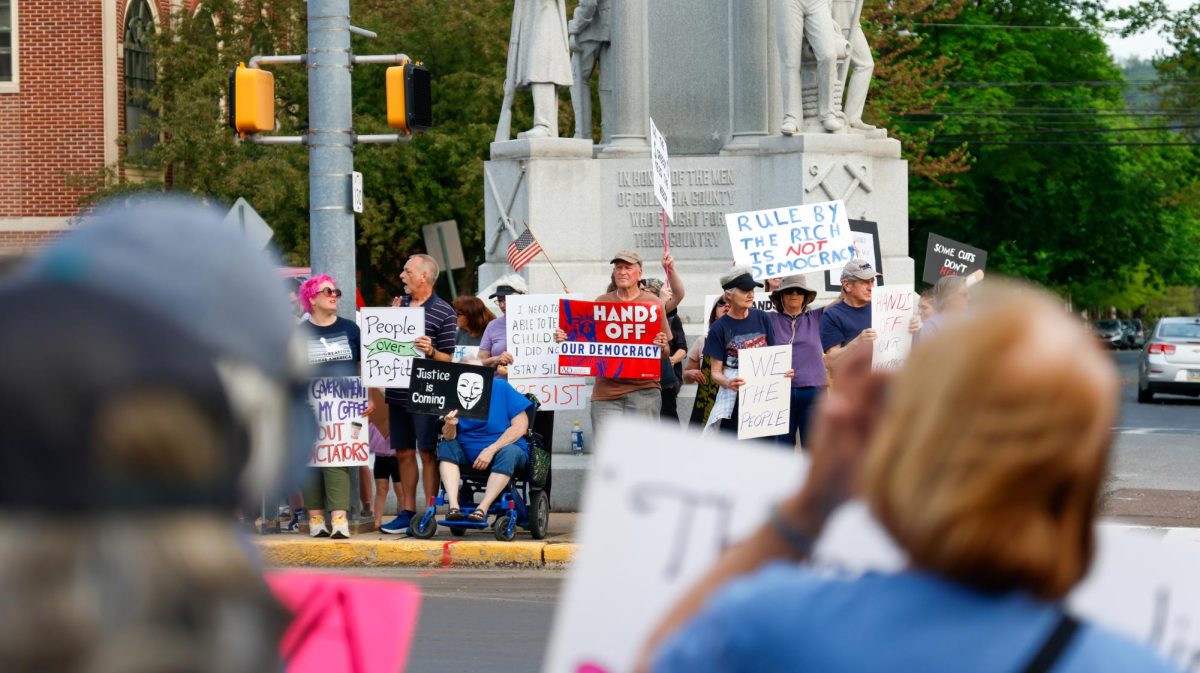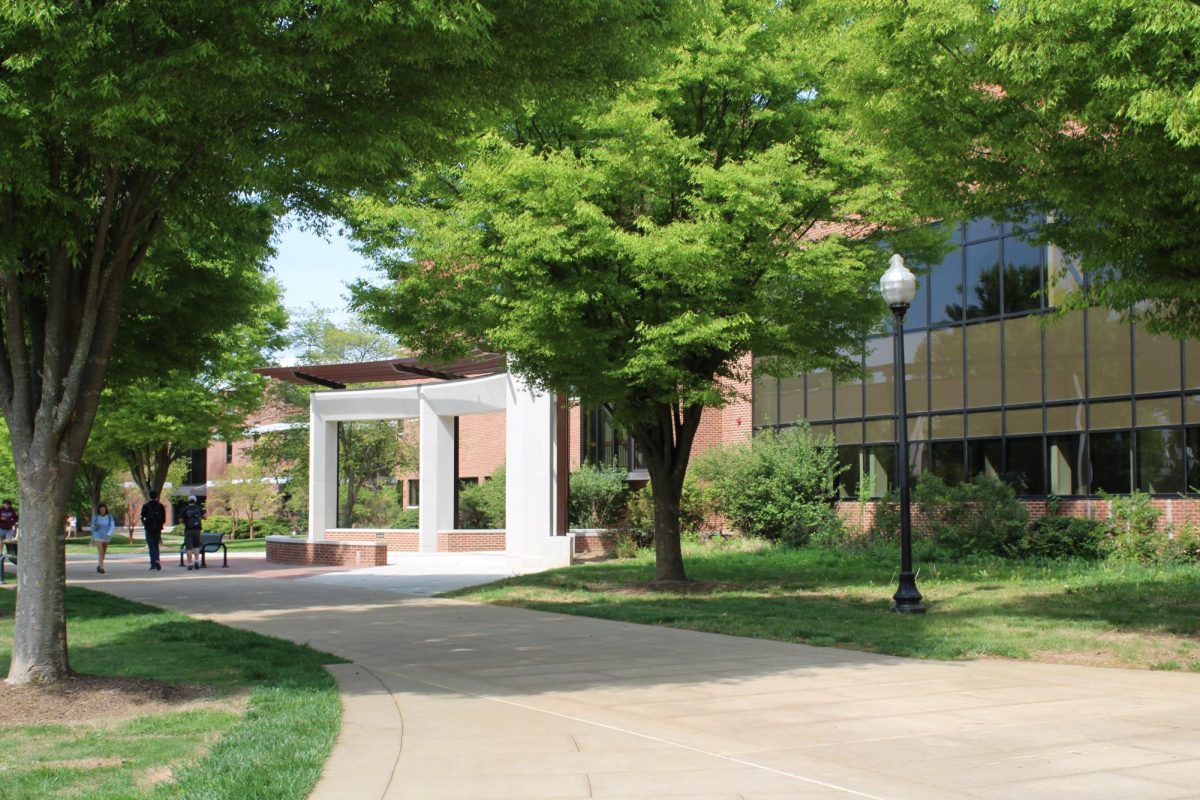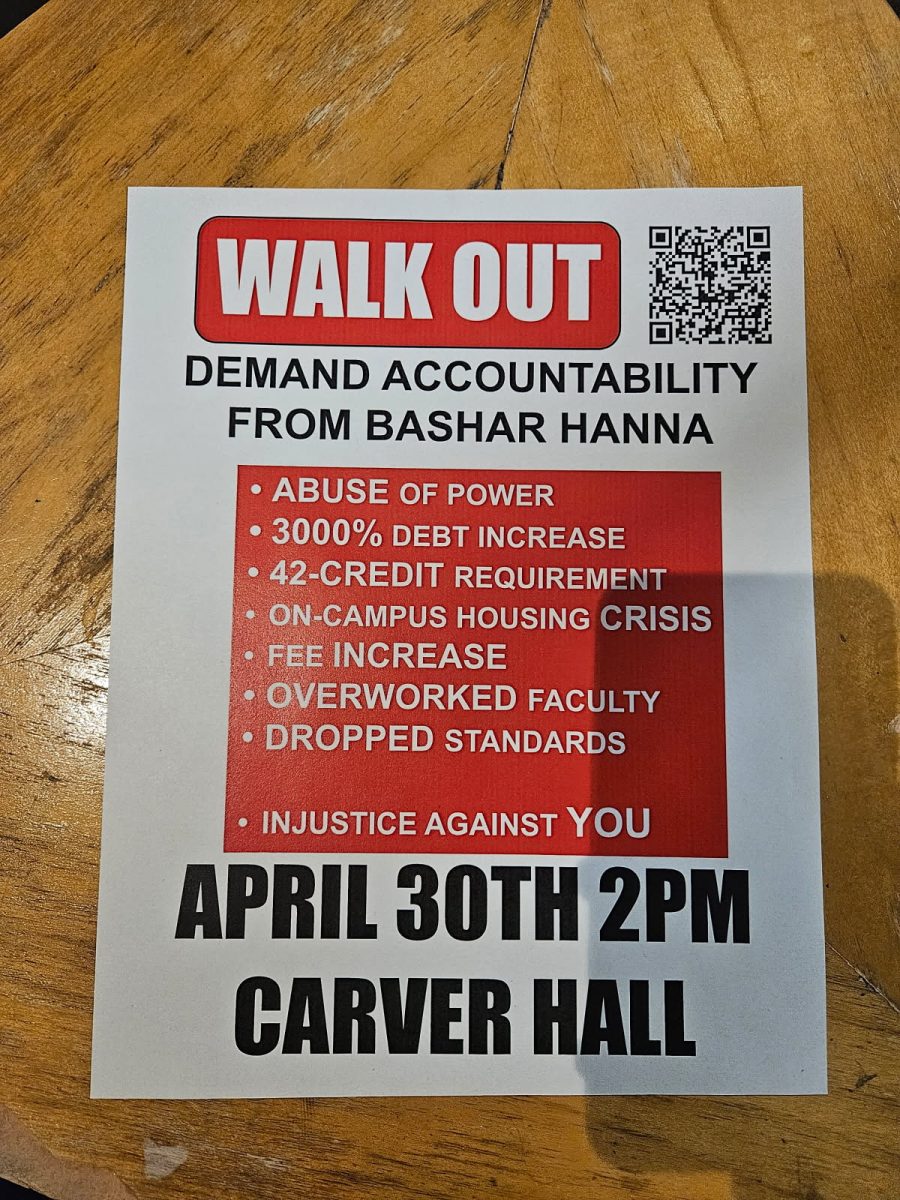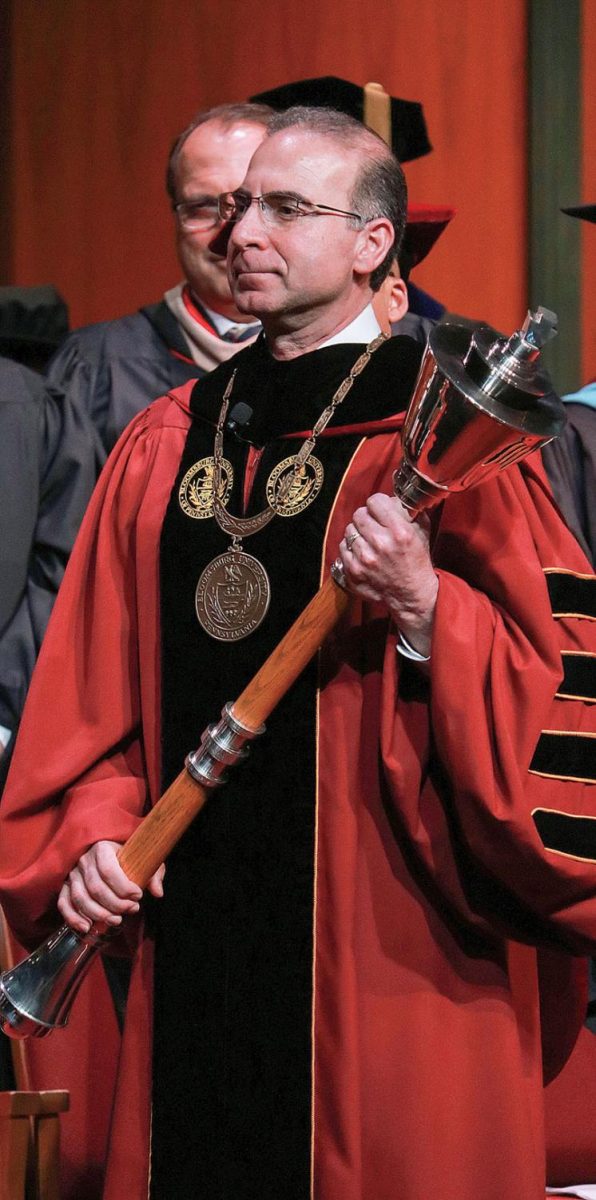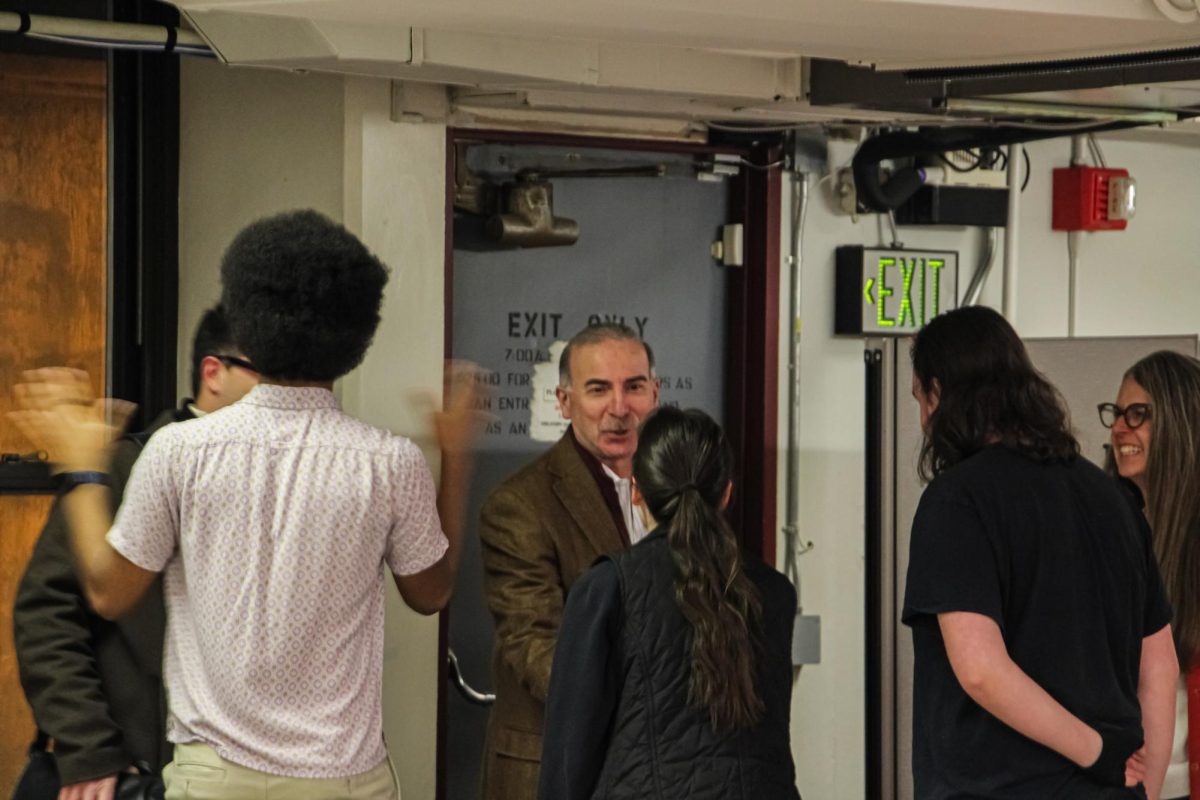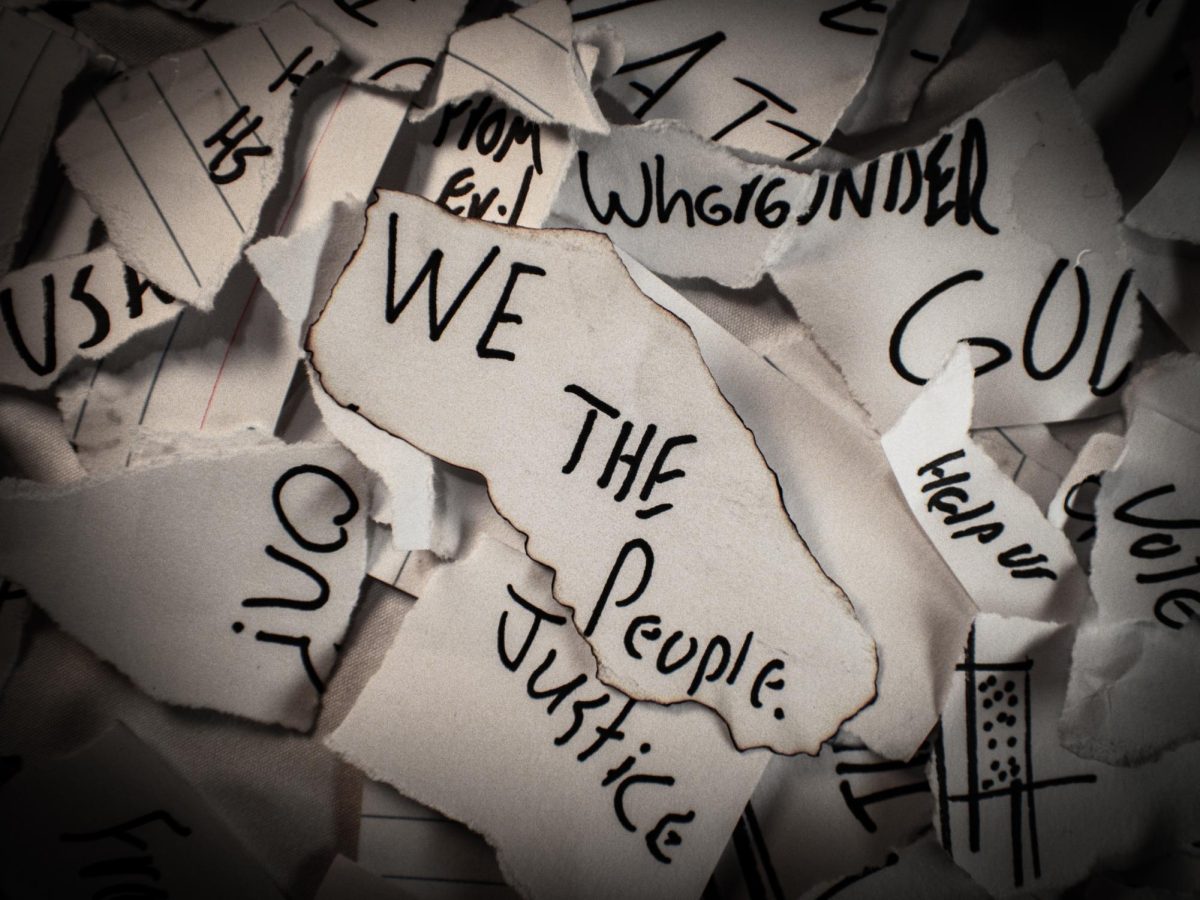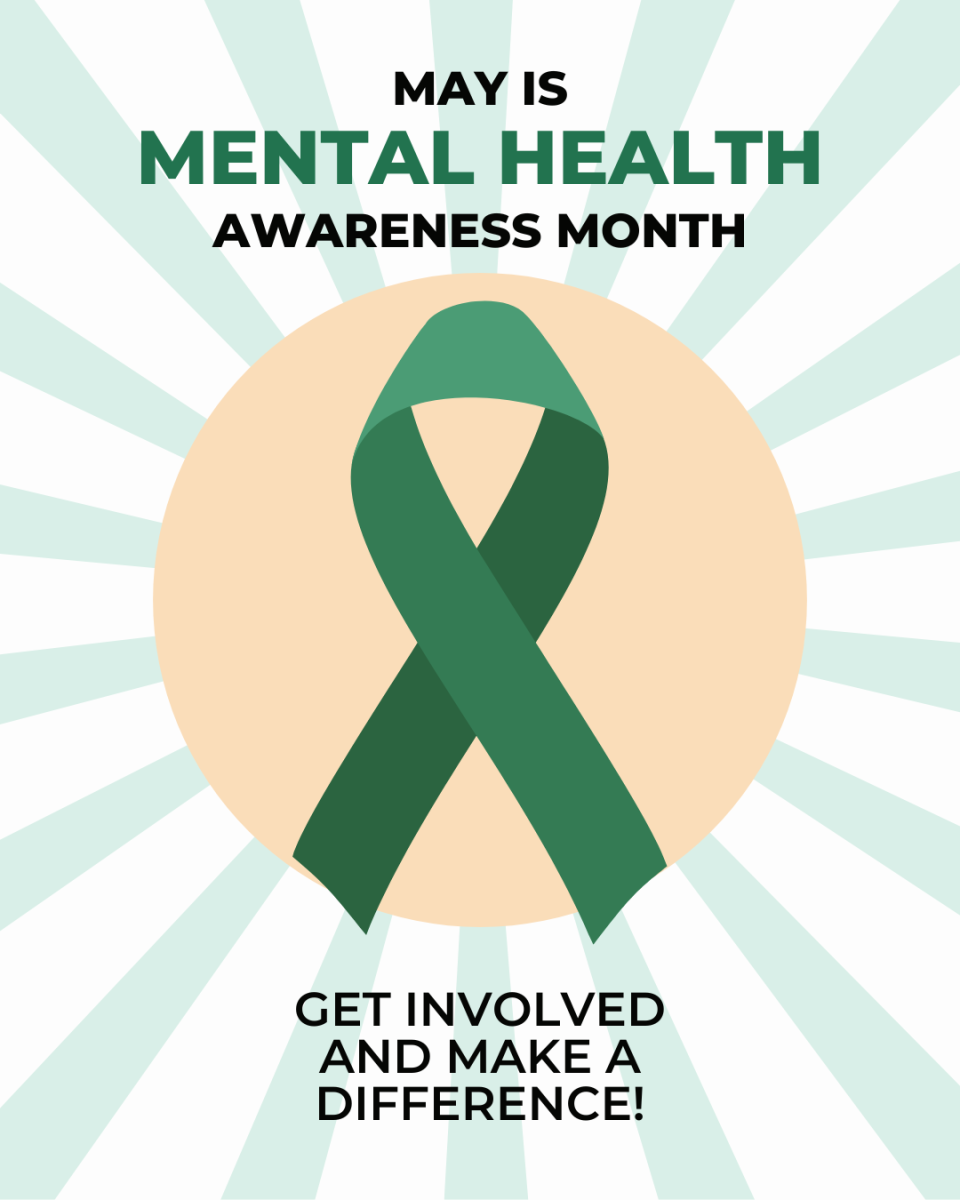Last Week in History
Photography in wartime
October 24, 2019
Over 150 years ago on Oct. 16th, the Russian Empire was pitted against the Ottoman Empire, France, and Britain in the Crimean War. The conflict broke out as a result of, among other causes, Russia’s desire to expand further south towards the Danube river.
Due to a decline in the Ottoman Empire and the threat of Russia gaining more territory, particularly the Dardanelles as an exit from the Black Sea, Britain and France joined the war. The war was also useful to France and Britain as a way to improve relations.
Facing economic and industrial ruin three years after the war began, Russia was forced to surrender and accept the Treaty of Paris, rendering the Black Sea a neutral, warship-free zone.
Another important aspect of the Crimean War was that it was the first major war to feature the use of photography in warfare. With both the recent invention of the telegraph, as well as the camera, war became a much more immediate and real event to the public in the states involved.
Roger Fenton was one of the most notable photographers from the time period. One of his most famous pictures, The Valley of the Shadow of Death, depicts a road with cannonballs in a ditch. According to The MET, Fenton “hoped that his photographs would reassure a worried public.”
While Fenton refrained from depicting the Crimean War in a graphic way, future photographers in the Crimean War definitely did not.
After the Crimean War had ended, the duo of James Robertson and Felice Beato traveled to Calcutta, India during the Indian Rebellion of 1857 to capture some of the more gruesome aspects of the event.
Wartime photography took off after the Crimean War, especially in the American Civil War. Some of the more influential photographers of the Civil War were Alexander Gardner and Mathew Brady, who had exposed the American public to some of the first photographs of battle.
According to the American Battlefield Trust, “Civil War photographs stripped away much of the Victorian-era romance around warfare.”
Skipping ahead to World War Two, there are hundreds of impactful photographs capturing many parts of the war. Just about every state in the war had photographers capturing their side of the brutality.
One of the hardest hitting pictures that I’ve seen of World War Two is one that depicts members of the Einsatzgruppen, a Nazi Germany death squad organization, about to fire upon a mother and her child.
Photography would continue to be an important form of media for documenting war. This would eventually evolve into film, which would further make war more realistic.
At some point or another in our history classes, we have most likely been exposed to wartime photos and films of both of the World Wars as well as the Civil War, and these clips will most likely remain vital for decades to come.
If you ask me, I always found visual media concerning war to be both fascinating and disturbing. They are extremely important to our education, especially in learning about what war actually looks like.
Most movies, reenactments, and books would never do the justice that a photo from the time period could easily do.
Wartime photography, and film, will continue to be an important piece of documentation and should always be valued in the pursuit of truth.
Tristan is a sophomore History major and President of the BU History Club.

